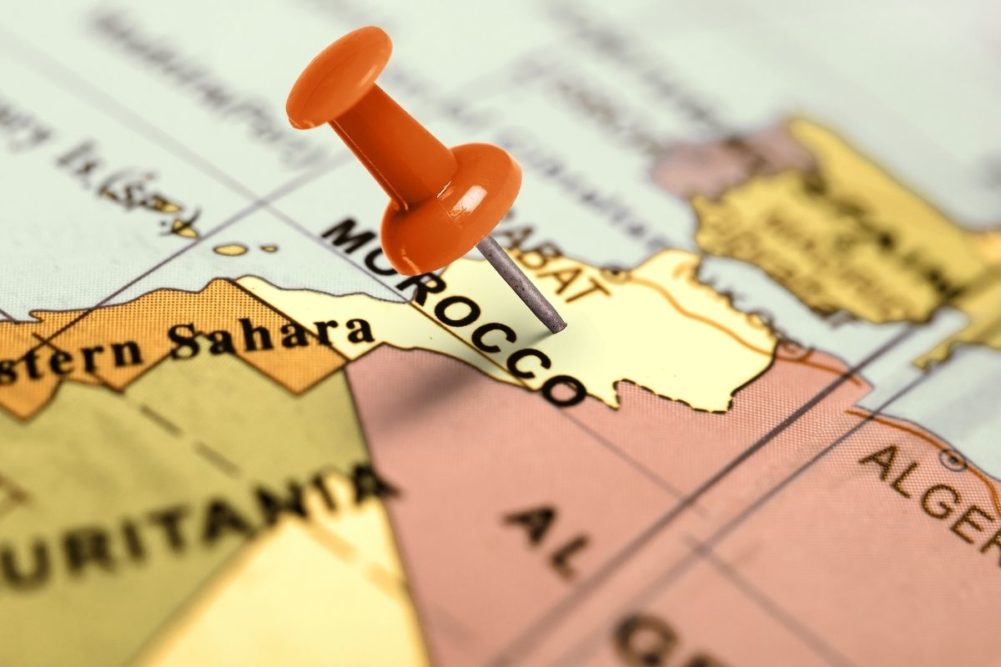RABAT, MOROCCO – With wheat imports from Russia and Ukraine down 85% and 35%, respectively, and with domestic production down 62% due to a severe drought, Morocco has turned to South America to meet its wheat demands.
A Global Agricultural Information Network report from the US Department of Agriculture’s Foreign Agricultural Service (FAS) shows that wheat imports from Brazil and Argentina have increased by 625% and 151%, respectively, in 2021-22 compared to the previous marketing year. Brazil has shipped 360,662 tonnes compared to 45,342 tonnes a year ago, while Argentina has sent 877,079 tonnes to Morocco, up from 348,829 in 2020-21.
Morocco is projected to produce only 2.25 million tonnes of wheat in the 2022-23 marketing year, which would be its smallest crop since 2007-08 when output fell to 1.58 million tonnes.
The government of Morocco is taking measures to develop a strategic wheat reserve, according to the FAS report. These measures include plans for the construction of grain storage facilities that will increase storage capacity for a significant wheat reserve in anticipation of more frequent climate-related crop challenges.
On June 1, the minister of Agriculture and the minister of Economy and Finance signed a joint decision that implemented a series of measures to support the marketing of the domestic wheat crop in 2022-23. The measures are effective from June 1 to July 30, 2022. They include:
- Maintaining the minimum price paid to producers for common wheat at $298 per tonne
- A biweekly storage premium of $2.48 per tonne for grain traders and Moroccan agricultural cooperatives to store their wheat at facilities licensed by the Moroccan Cereals Office.




